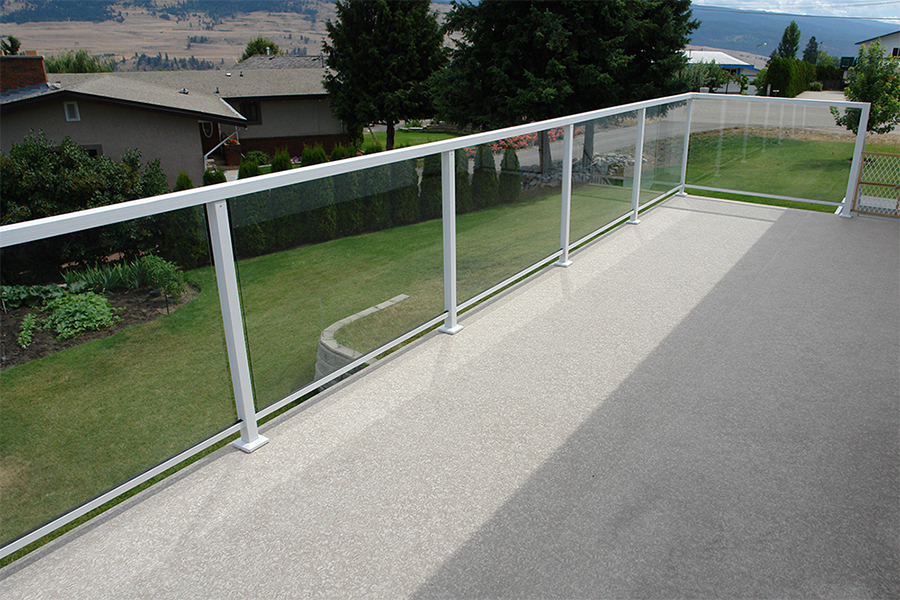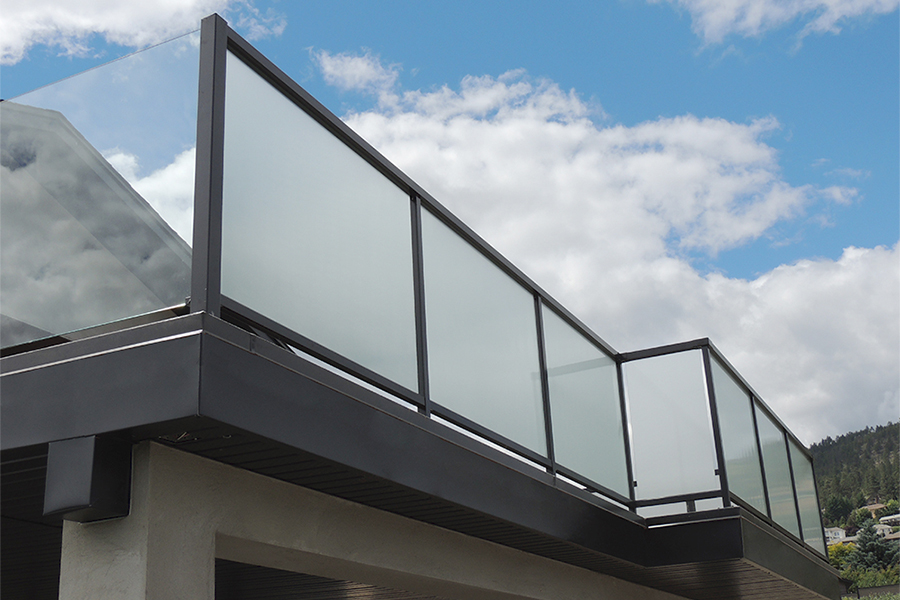Editor: View Mate All Glass Railing
Glass balustrades are subject to various limitations and considerations to ensure safety, functionality, and compliance with relevant standards. Here is a detailed analysis of the limitations and key points related to glass balustrades:
1. Safety and Structural Limitations
Load-bearing Capacity:
Glass balustrades must withstand specific mechanical loads (e.g., wind pressure, human impact) as defined by building codes (e.g., ASTM in the U.S., BS EN in Europe). For example:
Tempered or laminated glass is typically required to ensure strength. Tempered glass is 4–5 times stronger than annealed glass, while laminated glass (with interlayers) resists shattering.
The thickness of the glass (e.g., 10–19 mm) depends on the height of the balustrade, span between supports, and expected loads.
Fall Protection:
The height of glass balustrades is regulated (e.g., typically at least 1.05–1.1 meters for residential buildings) to prevent falls. Additionally, the spacing between glass panels or any openings must not allow children to pass through (e.g., gaps ≤ 100 mm).
Breakage Risks:
While tempered glass is designed to break into small, harmless pieces, it can still shatter due to impact, thermal stress, or nickel sulfide inclusions (a rare but known issue). Laminated glass is safer as it holds shards together.
2. Material and Environmental Limitations
Weather and Durability:
Glass can be affected by extreme temperatures, UV radiation, and moisture. For outdoor use, anti-UV coatings or laminated glass may be needed to prevent discoloration or degradation of interlayers.
In areas with high humidity or saltwater exposure (e.g., coastal regions), glass may require regular maintenance to prevent corrosion of metal fixtures or etching from salt deposits.
Thermal Expansion:
Glass expands and contracts with temperature changes, so balustrade designs must include expansion joints or flexible supports to avoid stress cracks.
3. Design and Installation Limitations
Support Structures:
Glass balustrades rely on frames, clamps, or posts for support. The design must ensure stability:
Frameless balustrades (using minimal hardware) require precise installation and strong base channels to secure glass panels.
Semi-framed or framed systems may have metal rails or posts, but these can affect the “minimalist” aesthetic of glass.
Cleaning and Maintenance:Glass is prone to smudges, water spots, and dirt, especially in outdoor or high-traffic areas. This requires regular cleaning (e.g., weekly for outdoor balustrades), and anti-stain coatings may be neededfor durability.
4. Regulatory and Code Limitations
Building Codes and Standards:
Every region has specific regulations for balustrades, covering:
Glass type (tempered, laminated, or wired)
Minimum thickness and strength requirements
Installation methods and testing protocols
Examples:
In the U.S., the International Building Code (IBC) and ASTM E1300 specify glass safety for balustrades.
In the EU, EN 1063 (for impact resistance) and EN 12150 (tempered glass standards) apply.
Accessibility Requirements:
Balustrades must sometimes accommodate handrails or meet accessibility standards (e.g., for people with disabilities), which may conflict with purely glass designs.
5. Aesthetic and Practical Trade-offs
Design Constraints:
While glass provides a modern, minimalist look, it may not suit all architectural styles (e.g., traditional or rustic designs). Additionally, scratches on glass (though rare in tempered glass) can be difficult to repair.
Weight and Installation Complexity:
Thick glass panels are heavy and require specialized equipment and expertise for installation, increasing the risk of errors if not handled by professionals.
Conclusion
Glass balustrades offer aesthetic and functional benefits but are far from “unlimited.” Their use is governed by safety standards, material limitations, environmental factors, and regulatory requirements. To ensure compliance and performance, it’s essential to consult local building codes, use appropriate glass types (tempered/laminated), and work with experienced designers and installers.
Post time: Jul-04-2025










